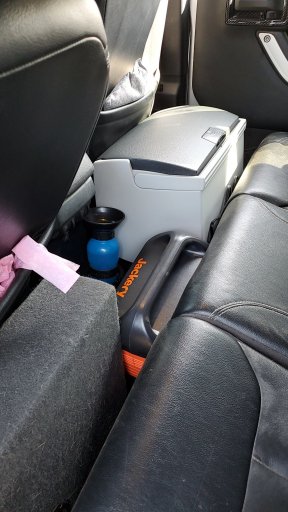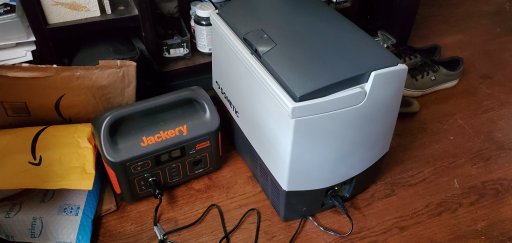
Enthusiast I
To clarify, if I may, the 40-140 danger zone refers to internal temperature of the food, not necessarily external storage conditions. 140 is generally accepted to be the minimum safe holding temperature for food that has been cooked. Using chicken as an example, however, 140 does not necessarily mean safe unless you're following a pasteurization chart. 165 is the temperature that will pasteurize chicken in 10 seconds or less, which means that the chicken has to be cooked to and held at 165 for that time period (or whatever time/temperature you're trying to meet). After the threshold is met, the general rule is no more than 4 hours of hot holding, although the new food code at work allows for indefinite holding at 140 degrees or above. 4 hours in the temperature danger zone is also considered to be our threshold for disposing of the food as unsafe.
Also I'd give the recommendation to be mindful of the fact that any refrigerator or freezer may not cool the same when fully loaded compared to partially loaded. I've seen stock in a freezer running at 4 degrees thaw out and rot due to the load in the freezer at the time. I'd fully recommend testing it with however much you plan to load in order to ensure that you have the capability that you need.
Also I'd give the recommendation to be mindful of the fact that any refrigerator or freezer may not cool the same when fully loaded compared to partially loaded. I've seen stock in a freezer running at 4 degrees thaw out and rot due to the load in the freezer at the time. I'd fully recommend testing it with however much you plan to load in order to ensure that you have the capability that you need.











